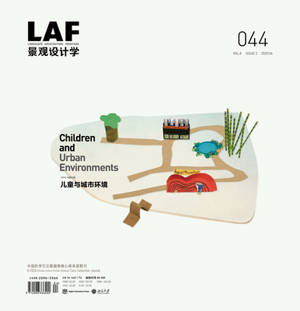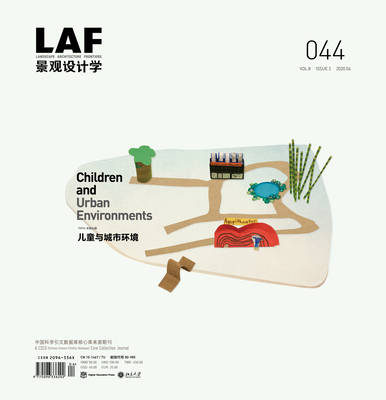
- Afhalen na 1 uur in een winkel met voorraad
- Gratis thuislevering in België vanaf € 30
- Ruim aanbod met 7 miljoen producten
- Afhalen na 1 uur in een winkel met voorraad
- Gratis thuislevering in België vanaf € 30
- Ruim aanbod met 7 miljoen producten
Zoeken
Landscape Architecture Frontiers 044
Children and Urban Environments
Kongjian Yu, Helen Woolley, Stella Christie, John Zacharias, Guangsi Lin, Yao Shen
€ 55,95
+ 111 punten
Omschrijving
Urban environments (including built, natural, and social environments) crucially impact children's physical and psychological health, particularly in cities. Now children's mentality and safety, and the freedom of traveling and playing have raised concerns in society. In this issue, trans-disciplinary discussions between scholars and practitioners in landscape architecture and environmental psychology, environmental behaviors, human engineering, public health, etc., as well as city managers, would be encouraged to explore the ways to improve urban environments for children's outdoor activities. With such a multi-disciplinary coverage, this issue aims to update landscape architects' theoretical and methodological approaches to issues of children and urban environments, with a deeper understanding of their disciplinary competences, limitations, and challenges thus to find out their irreplaceable role in guaranteeing children's well-beings.
Specificaties
Betrokkenen
- Auteur(s):
- Uitgeverij:
Inhoud
- Aantal bladzijden:
- 164
- Taal:
- Engels
- Reeks:
Eigenschappen
- Productcode (EAN):
- 9781951541521
- Verschijningsdatum:
- 24/11/2020
- Uitvoering:
- Paperback
- Formaat:
- Trade paperback (VS)
- Afmetingen:
- 287 mm x 279 mm
- Gewicht:
- 793 g

Alleen bij Standaard Boekhandel
+ 111 punten op je klantenkaart van Standaard Boekhandel
Beoordelingen
We publiceren alleen reviews die voldoen aan de voorwaarden voor reviews. Bekijk onze voorwaarden voor reviews.











